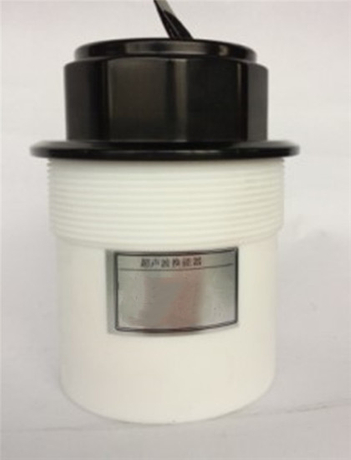The principle behind an ultrasonic welding transducer is similar to that of a cleaning transducer. Both rely on high-frequency vibration with large amplitude by applying prestress to offset the expansion stress of piezoelectric ceramics. However, the welding transducer requires high instantaneous power, which means it has strict requirements for materials and technology.

A high-power acoustic super energy device, the ultrasonic welding transducer usually works in tandem with a horn and a working head to form a high-power and large amplitude vibration system. This system is what makes it capable of completing the ultrasonic welding of plastics, metals, and other materials.
The ultrasonic welding process works by generating high-frequency friction and heat on the contact gap surface of the materials being welded together. This high-frequency vibration from the transducer causes the materials to melt and fuse together, forming a strong weld bond.
When it comes to choosing the right transducer for your ultrasonic welder, it's important to consider factors such as power requirements, frequency range, and output amplitude. Different materials may require different power levels and frequency ranges, so it's important to choose a transducer that is compatible with the materials you will be working with.
In summary, the ultrasonic welding transducer is a vital component in the ultrasonic welding process. By generating high-frequency vibrations, it allows for the welding of plastics, metals, and other materials. When selecting a transducer for your ultrasonic welder, make sure to consider factors such as power requirements, frequency range, and output amplitude to ensure the best results.